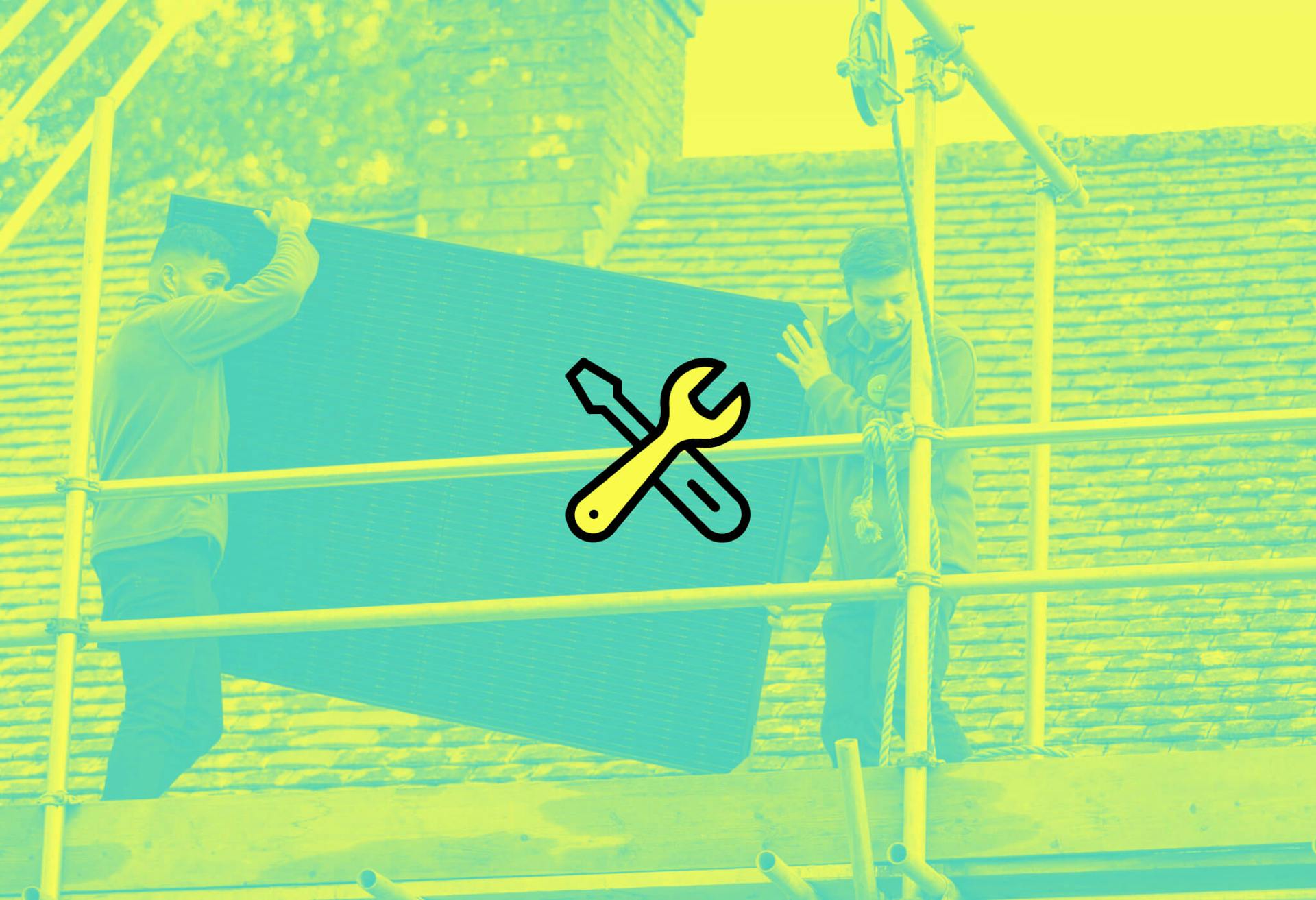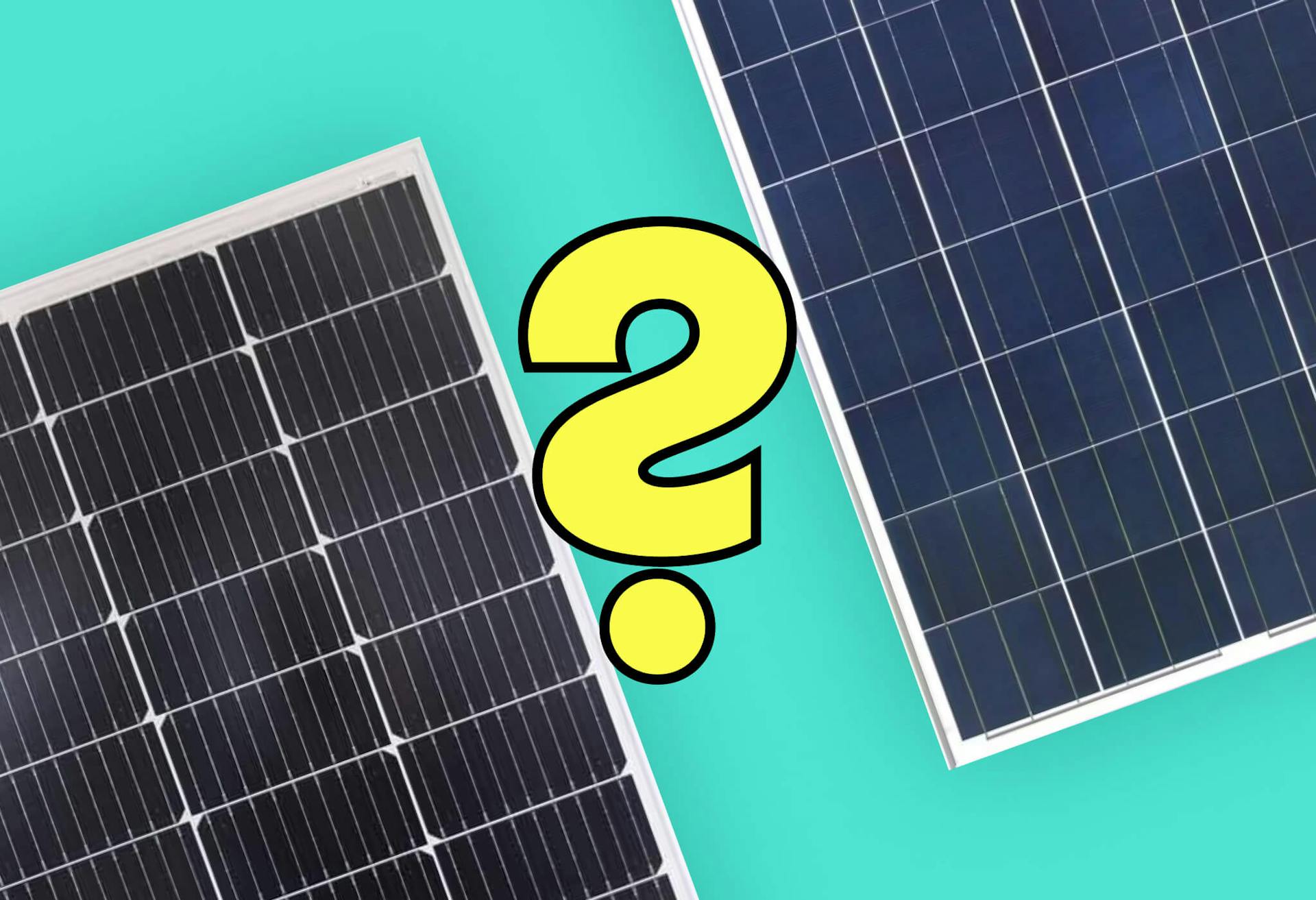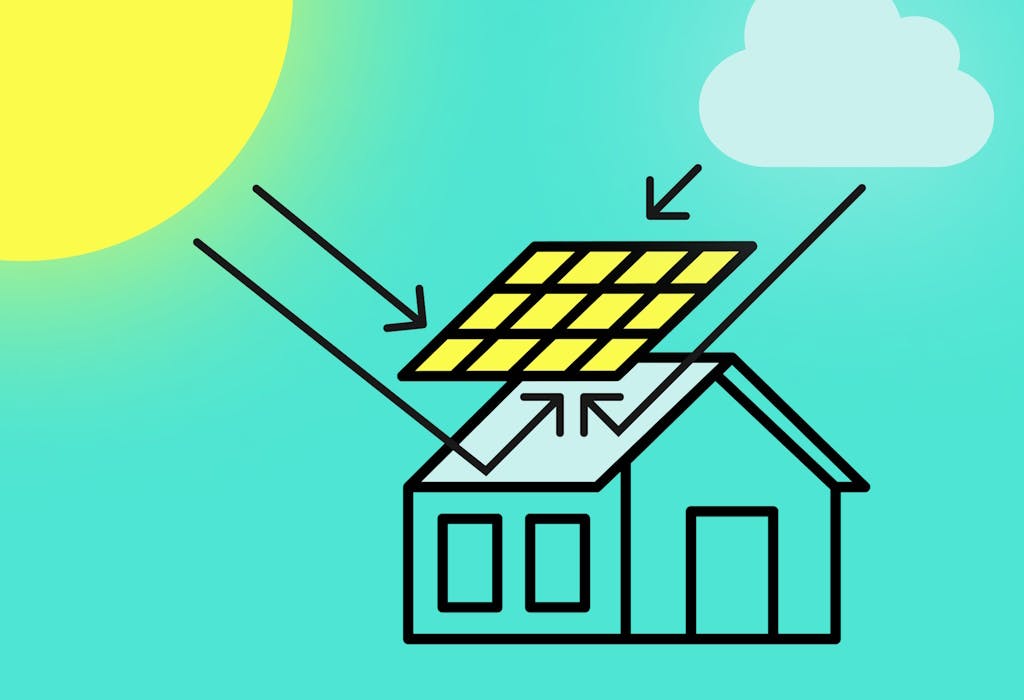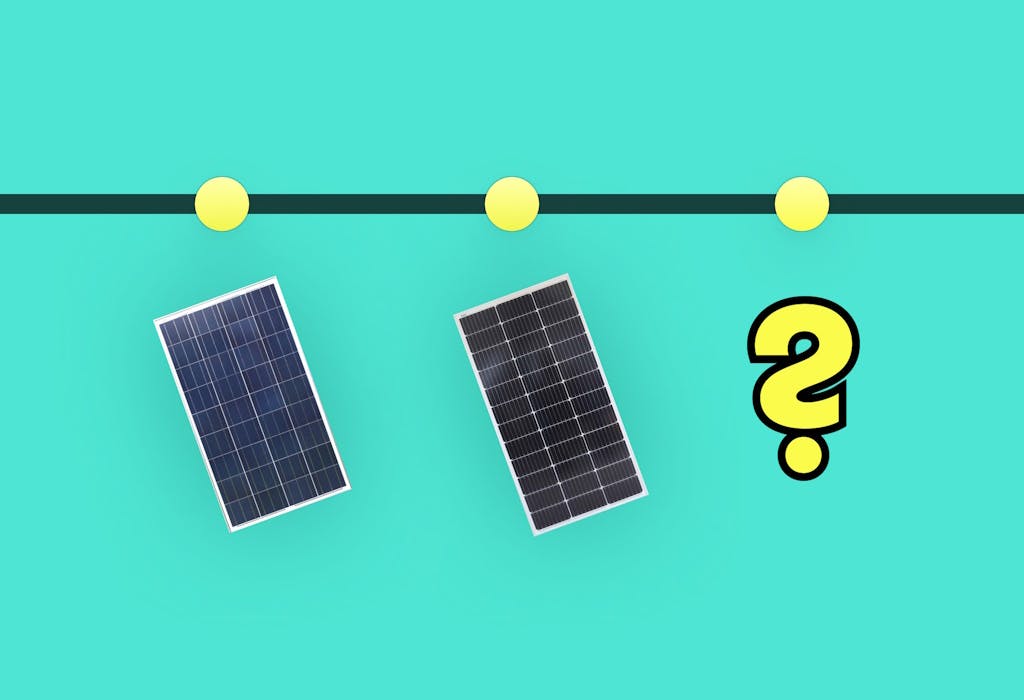- Solar advice hub
- Installation
- In-roof solar panels: are they worth it?
In-roof solar panels: are they worth it?
We run through what in-roof solar panels are, how they differ from normal panels, and whether you should get them.


Why you can trust our content
We know that the solar industry is full of misinformation, but we only use reliable sources, including:
- Our experienced solar experts, installers and system designers
- Our own database of solar & battery system designs
- Authoritative bodies like MCS and the UK government




Calculate savings
What kind of home do you live in?
Calculate savings
What kind of home do you live in?
In-roof solar panels: at a glance
In-roof solar panels seamlessly integrate into your roof, offering a more modern look than a traditional on-roof solar installation. But they also come with lower efficiency and compatibility limitations.
Keep reading to learn the pros and cons of in-roof solar panels and whether they’ll be a good fit for your home.
At Sunsave we don't install in-roof solar panels, but we do install sleek, best-in-class solar panels that sit on top of your roof - and you'll see in this article why that might be a better choice for you.
If you’re wondering how much an on-roof solar & battery system could save you, simply answer a few quick questions below and we’ll provide an estimate.
Find out how much you can save
What kind of home do you live in?
What are in-roof solar panels?
In-roof solar panels, or roof-integrated photovoltaics (RIPV), are fundamentally the same as traditional solar panels, except they are intended to be part of a property’s roof (as opposed to just sitting on top of it).
The one key difference between an in-roof solar panel and a traditional on-roof solar panel is usually weight, with in-roof panels being about half as heavy (around 10kg instead of 20kg).
However, the trade-off for lighter solar panels tends to be a shorter product warranty. The warranty for in-roof solar panels is usually around 15 years, compared to the standard 25-year warranty for regular solar panels.
This lower warranty period reflects how the panels differ in durability and performance, which is quite significant when you consider the high upfront cost of solar panels.
How do in-roof solar panels work?
In-roof solar panels work in the same way as traditional on-roof panels.
Both types of panels turn daylight into electricity using the photovoltaic effect. When light hits the solar cells, photons from the light are absorbed by the cells, creating an electric field across the layers of the solar panel and causing electricity to flow.
It's the same process whether the panels are integrated into the roof or on top of it. The main difference is how they’re installed and how they look on the roof.
How are in-roof solar panels installed?
The installation process for in-roof solar panels involves placing them directly onto the roof’s felt membrane, completely removing the need for roof tiles beneath the panels.
Depending on whether you’re having in-roof solar panels installed as part of a brand new roof, the first step of an installation may be to remove the existing roof tiles where the panels will be placed.
Once the roof tiles are removed, the next step is to add weatherproof flashing to make sure there's a watertight seal. After that, the installer secures the base by attaching mounting trays to the roof battens.
The solar panels are installed on these trays to give the roof a smooth and consistent appearance, with spare tiles or slates filling in any gaps.
Finally, the installer connects the panels to an inverter and your home's electrical system.

What are the pros and cons of in-roof solar panels?
In-roof solar panels offer a modern and integrated approach to making the most of solar power. However, like any technology, they come with advantages and disadvantages.
Let's take a closer look at the key pros and cons of in-roof solar panels.
The benefits of in-roof solar panels
- Better aesthetics
- Cost-effective if you’re replacing your whole roof
- No need for extra bird-proofing
The major advantage of in-roof solar panels is appearance. By sitting flush with the roof, these solar panels are perfect for design-conscious homeowners - although this benefit is continually shrinking as the aesthetics of traditional solar panels keep on improving.
If you're already thinking about replacing your roof and switching to solar, in-roof solar panels can save you money. You'll spend less on installation costs since the scaffolding will already be in place for the roof replacement, and there's no need for additional mounting equipment like with traditional on-roof panels.
With in-roof solar panels, you also won't have to worry about pests nesting under the panels like you do with traditional on-roof systems, as there are no gaps or spaces with the flush installation. This prevents damage and maintenance issues, and it saves you from spending extra on bird protection.
The disadvantages of in-roof solar panels
- Lower efficiency
- Complex and costly retrofitting
- Shorter product warranty
In-roof solar panels may look good, but they're usually 5-10% less efficient than on-roof panels, which will mean noticeably smaller energy bill savings than those provided by a traditional system. This is because the snugness of integrated panels results in less cooling space, and solar panels need proper ventilation to function at their best, as they are less efficient at high temperatures.
It's better to install integrated solar panels when building a new home or getting a new roof (e.g. as part of a loft conversion). Applying in-roof solar panels to an existing roof is more expensive than traditional on-roof solar, as someone will also need to spend time removing a portion of your existing roof tiles.
Finally, in-roof panels usually come with a warranty of about 15 years, while standard panels typically have a warranty of 25 years.
Verified expertThe easiest way to install solar panels is using an on-roof system, as it involves mounting the panels directly onto the existing roof structure without major alterations. This method is quicker, less invasive, and provides a good air gap between the panels and the roof, allowing for natural ventilation.
Andrei Stavila
Technical Manager at Sunsave
Andrei has worked in residential solar installation for more than 17 years, and is a fully qualified electrical engineer.
How much do in-roof solar panels cost?
The price of in-roof solar panels is roughly on par with on-roof solar panels when factoring in the cost of hardware and labour alone.
As an example, a 4.5 kilowatt peak (kWp) system with a 5kWh battery usually has a price tag of approximately £11,307. You may spend a bit more on in-roof solar panels, as the installer will first have to remove a few of your existing roof tiles.
However, if you factor in the cost of a new roof plus the cost of solar panels, in-roof solar panels become a more affordable choice.
This is because you’ve already paid for the scaffolding for the purposes of a new roof, and you reduce the amount you’re spending on roof tiles, which can be quite costly.
Therefore, if you integrate solar panels into your new roof in one go, you'll save money compared to installing a new roof and adding separate on-roof solar panels.
Do you need planning permission for in-roof solar panels?
In most cases, you don't need planning permission to install in-roof solar panels, as they typically fall under permitted development rights. However, there are exceptions - for example, if your property is a listed building or in a conservation area, you may need planning permission.
Are in-roof solar panels worth it?
If you’re planning to replace your roof - or looking into buying a home that’s not been built yet - and you also want to install solar, in-roof solar panels could be ideal for you. This will be less of an expense than getting solar panels later on, and you’ll also have a system that sits flush with your roof.
However, you'll need to factor in the 5-10% efficiency decrease that in-roof panels commonly face, as this will impact your long-term electricity bill savings and potential solar export tariff income. Likewise, the shorter lifespan of in-roof solar (due to limited ventilation) will also limit the economic benefit.
Ultimately, you'll need to weigh the initial cost savings and aesthetic benefits with your long term savings goals to decide if in-roof solar panels are the right choice for your home.
At Sunsave we don't install in-roof solar panels, but we do install sleek, best-in-class solar panels that sit on top of your roof. If you’re wondering how much an on-roof solar & battery system could save you, simply answer a few quick questions below and we’ll provide an estimate.
Find out how much you can save
What kind of home do you live in?
In-roof solar panels: FAQs
Related articles

Written byMelody Abeni
Based in London, Melody is a specialist green technology writer who has been covering sustainability, climate action and ESG for the past five years, after gathering operational experience in green investing and financial services. She has written for various industry publications, including renewable technology advisor The Eco Experts, and she holds a Master’s degree in law from Birkbeck University.





